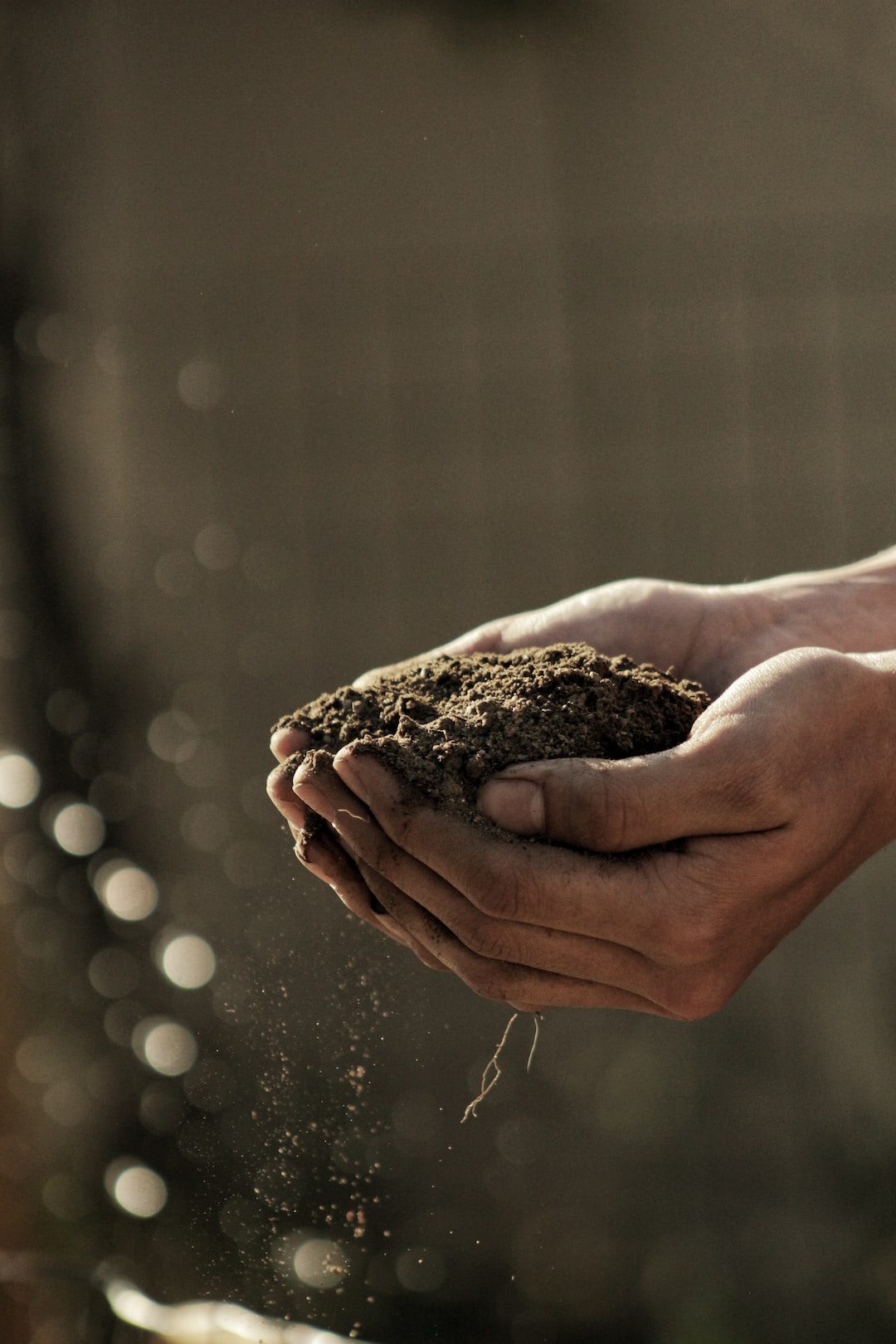Creating a Pollinator-friendly Garden: Supporting Bees, Butterflies, and Birds
Pollinators play a crucial role in our ecosystems by transferring pollen from one flower to another, enabling plants to reproduce and produce fruits and seeds. Bees, butterflies, and birds are among the key pollinators, yet they face numerous threats that put their populations at risk. As gardeners and nature enthusiasts, we can contribute to the conservation of these essential creatures by creating pollinator-friendly gardens in our own backyard. Let’s explore some tips and ideas for turning your garden into a haven for bees, butterflies, and birds.
1. Plant a Variety of Flowers
One of the most important steps in creating a pollinator-friendly garden is selecting a diverse range of flowering plants. Different pollinators are attracted to different flower shapes, sizes, and colors, so it’s best to have a mix of plant species. Choose a combination of annuals and perennials that bloom at different times throughout the year to provide a continuous food source.
2. Go Native
Native plants have evolved alongside native pollinators, making them a perfect match for each other. Native flowers are more likely to provide suitable nectar and pollen, while also offering specific nesting sites and shelter. A great way to attract local pollinators is by planting native wildflower species such as milkweed for monarch butterflies or goldenrod for bees.
3. Add a Water Source
Pollinators also require a source of freshwater. Including a simple water feature such as a bird bath or shallow dish with pebbles and water can provide much-needed hydration. Be sure to keep it clean and filled regularly, especially during hot summer days.
4. Provide Shelter and Nesting Opportunities
In addition to food and water, pollinators need places to shelter and nest. Incorporate different types of habitats into your garden, such as trees, bushes, and grassy areas. Adding artificial nesting boxes or insect hotels can also provide nesting options for bees and butterflies. Research specific requirements for native bees and birds to ensure you create suitable habitats.
5. Choose Organic Gardening Methods
Pesticides and herbicides can have detrimental effects on pollinators, so opt for organic or natural gardening methods. Avoid using chemical fertilizers, pesticides, or herbicides that may harm the very creatures you are trying to attract. Instead, use organic alternatives, companion planting techniques, and natural ways of pest control that maintain a healthy balance in your garden.
6. Create a Butterfly-friendly Space
Butterflies are known for their beauty and delicate nature. To attract them, dedicate a sunny area in your garden to plant species that appeal specifically to butterflies. Consider incorporating butterfly bushes, milkweed, and brightly colored flowers like zinnias and cosmos to create an inviting habitat.
7. Provide Food and Shelter for Birds
Birds are not only beautiful and melodic visitors but also important pollinators. Attract them by planting nectar-rich flowers like honeysuckle or native trumpets vines. Additionally, consider setting up bird feeders with a variety of seeds and nuts to provide extra sustenance during certain times of the year when food is scarce.
8. Embrace Imperfection
Allowing your garden to have a natural, wilder look can be immensely beneficial for pollinators. Resist the urge to over-manicure your garden, leaving a few wild patches, tangled shrubs, and dead flower heads to provide shelter and nesting materials. These seemingly messy corners may become havens for bees and butterflies.
9. Spread the Word
Building a pollinator-friendly garden is a wonderful way to conserve these vital species, but why stop there? Share your experiences and knowledge with friends, neighbors, and the wider community. Encourage others to create their own pollinator-friendly spaces, reinforcing the importance of protecting bees, butterflies, and birds.
By creating a pollinator-friendly garden, we can make a significant impact on supporting the global population of bees, butterflies, and birds. With some thoughtful planning and careful consideration of their specific needs, we can design beautiful and flourishing gardens that become vibrant habitats for these incredible creatures. Our gardens can become the stepping stones that ensure the survival and wellbeing of pollinators for generations to come.

